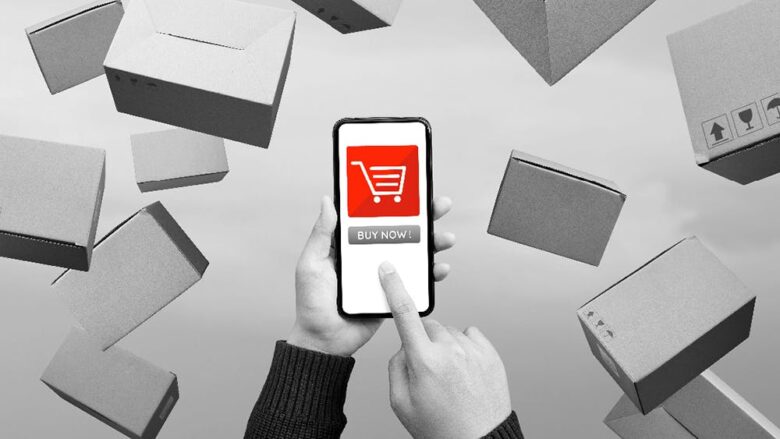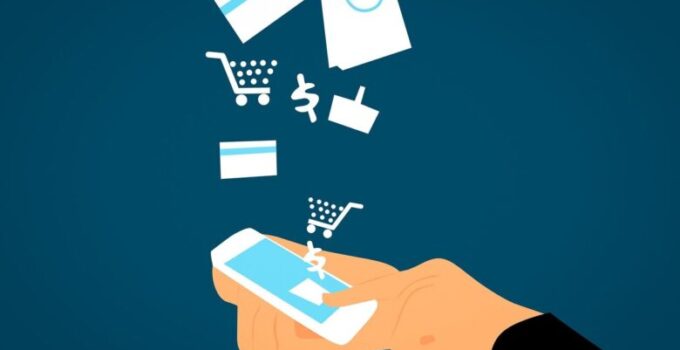Consumers today have high expectations. They want to be treated like royalty and expect brands to show up for them in ways never anticipated. Amazon’s introduction of Prime and two-day shipping in 2005 was a game changer in businesses’ shipping lead times. Knowing that something they wanted could be in their hands in less than 48 hours without going to a store was unheard of. Today, of course, it is simply the norm to offer fast, free shipping.
Yet, the rise of technology had not just helped speed up shipping times. Technology has allowed brands to have a more direct relationship with their customers. Before, brands were limited by where their physical stores were located. Today, however, anyone from around the world can become an online customer. With the opportunity for more customers, the pressure is on for brands to develop and strengthen these relationships. Keep reading for three ways implementing tech can help build stronger customer relationships.
1. Provide a More Seamless Experience

Source: fraugster.com
At the end of the day, you want to keep your customers happy and loyal. You want them to return to your brand because they know the high-quality products and services they will receive. One of the best ways to make this happen is to provide a seamless experience. This means making it easy and efficient for purchasers to find what they are looking for, buy, and receive the product or service. A seamless experience reduces friction and setbacks, as well as reduces unnecessary waiting time.
A long wait time can make or break a deal, as is fairly common with loan services. If you are a mortgage company, you need to determine if an interested applicant can afford the loan via income verification. Manually, this process requires the borrower to find, scan, and send several documents such as W-2s, bank statements, and pay stubs. Not only does this take time, but it’s a burden on the applicant. Fortunately, things have changed with technology and the waiting time has significantly decreased. According to Truework.com, digital income verification is a relatively streamlined process and should only take a few days at most.
A seamless experience can benefit a customer and improve your company’s value. The more positive reviews your company receives, the more others are going to hear about it. A happy customer will likely rave about your company to their friends, family, and co-workers. This indirect marketing tactic can do wonders for your brand’s overall growth. With the help of tech, you reduce or eliminate any procedural hardships and show up for consumers to exceed their expectations.
2. Be Open and Available 24/7

Source: businesspost.ng
Customers today expect speediness. If a question arises, they want to have it answered promptly and don’t want to wait for someone to get back to them. Any lag time can lead to lost customers, as they either find alternative buying options or lose interest altogether. Brick and mortar businesses have set operating hours, but that doesn’t mean your online business needs to. With tech, you can help your customers twenty-four hours a day, seven days a week and provide them with what they need no matter what time they’re shopping.
One of the easiest ways to implement round-the-clock support is through AI chatbots. These bots can help point consumers in the right direction, recommend similar products, and answer frequently asked questions. If a question is too specific, they can create tickets for a real customer service representative to pick up where they left off. Implementing chatbots will also free up time for your customer service team, who likely see similar questions repeated.
Additionally, you will want to have a robust FAQ section on your site. Depending on what you are selling, these questions should cover topics ranging from shipping costs to warranty information to product specs. Chatbots can also direct consumers to your FAQ page and specific resources on your website. The better your resources, the more informed your consumers will be when deciding which product or service is right for them. Keep adding to your FAQ section as your business grows and your team notices patterns in customers’ concerns.
3. Personalize Messaging
Nobody wants to feel like a ticket number. Buyers today want to feel seen and heard. They want brands to get to know them — to some degree and anticipate their needs. The large majority of individuals know that bots and automation are commonplace, yet they crave real connection with the brand. This is a tall order for businesses today, especially with consumers’ increasing by the minute. One way to stand out from competitors and show up for buyers is through personalized messaging tactics.
First and foremost, personalization shows that you value your customers. They are more than just a sale to you, and you want to treat them as a human being. Personalization can start with simply including their name on an e-newsletter. You can also anticipate user’s needs and be proactive in your outreach. For example, if users are buying products that need refills, encourage them to sign-up for alerts that remind them when it’s time to reorder.
By personalizing the buying journey, you are able to form deeper relationships with your customers. You begin to understand their needs and are able to develop products that fill a void in their life. Remember, however, that each touchpoint with a consumer should add value. If it doesn’t add value, it will start to seem like a nuance and you may lose loyal buyers.
Takeaways
Technology has changed how companies do business for the better. Big and small businesses alike have the opportunity to sell their goods to anyone around the world. Whether you are a new business or an established one, remember that customer service is at the heart of it all. Your business is nothing without paying customers. Utilize technology in ways that will build, develop, and strengthen your relationships with them over time. In doing so, you may acquire new consumers and maintain a lasting relationship with your existing customers.




